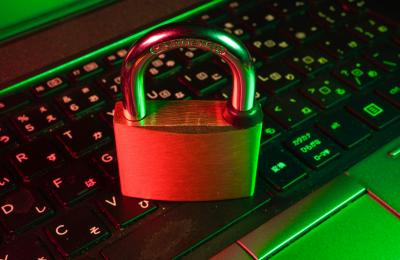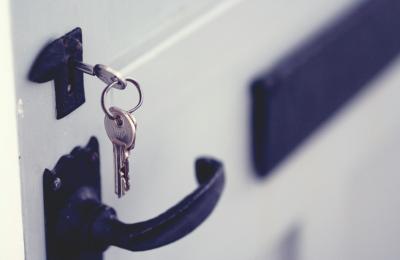Join Us for Exclusive Open House Events This Weekend and Find Your Perfect Home!
Explore Our Exciting New Property Listings Now Available in Prime Locations!
Discover Your Dream Home with Our Latest Listings and Personalized Services!
Take Advantage of Limited-Time Offers on Luxury Homes with Stunning Features!
7 Steps to Rent a Property Safely and Quickly

7 Steps to Rent a Property Safely and Quickly
Renting a property may seem simple, but the process requires attention to details that ensure security for both parties and prevent future issues.
Mistakes in the contract, lack of inspection, and absence of guarantees are common problems that can turn a rental into a headache.
That’s why we’ve created this guide with 7 essential steps to help you rent a property in a practical, safe, and efficient way.
Planning and Choosing the Ideal Property
Before renting, define your priorities: location, size, number of bedrooms, proximity to public transport, shopping, safety, and maximum rent amount.
With the ideal property in mind, it’s time to start the rental process responsibly, paying attention to all contractual details.
Want more tips like this? Visit our blog and enhance your real estate knowledge.
1. Research the Area and Market Value
Before closing the contract, analyze the value of similar properties in the same area. This helps avoid paying above the market price.
Visit the neighborhood at different times of the day and week. Talk to neighbors and observe the local movement. Safety, transport, and commerce are key factors.
2. Conduct a Detailed Inspection
The initial inspection is one of the most important steps. Take photos and videos to document the state of the property: walls, doors, windows, floors, faucets, furniture, and appliances (if applicable).
This document should be attached to the rental agreement. This way, both the landlord and the tenant avoid conflicts at the end of the lease.
3. Verify the Landlord’s and Property’s Documentation
Request documents from the property owner and the property itself: deed, up-to-date property tax (IPTU), updated property registration, and proof of ownership.
For the tenant, proof of income, ID, and references are required. This speeds up the approval and credit analysis process.
4. Demand a Clear and Complete Contract
The contract should include specific clauses about: rental amount, lease term, adjustments, guarantees, responsibilities, and termination conditions.
Avoid generic contracts. A well-crafted agreement protects both parties and reduces the likelihood of legal disputes.
Conclusion:
Renting a property safely is possible when you follow the correct steps and use a modern and reliable platform.
News insight
 Jun 12, 2025
Jun 12, 2025How to Avoid Scams When Renting a Property Online
Learn how to identify fake listings and avoid common scams when renting a property online. Rent safe...
 Jun 12, 2025
Jun 12, 2025Essential Checklist for Property Advertisers: What Your Listing Must Have
Learn which information and documents are crucial for a successful property listing. Avoid confusion...
 Jun 12, 2025
Jun 12, 20257 Things Every Tenant Looks for in a Rental Property
Discover what tenants value most when choosing a rental property. Prepare your listing more strategi...

